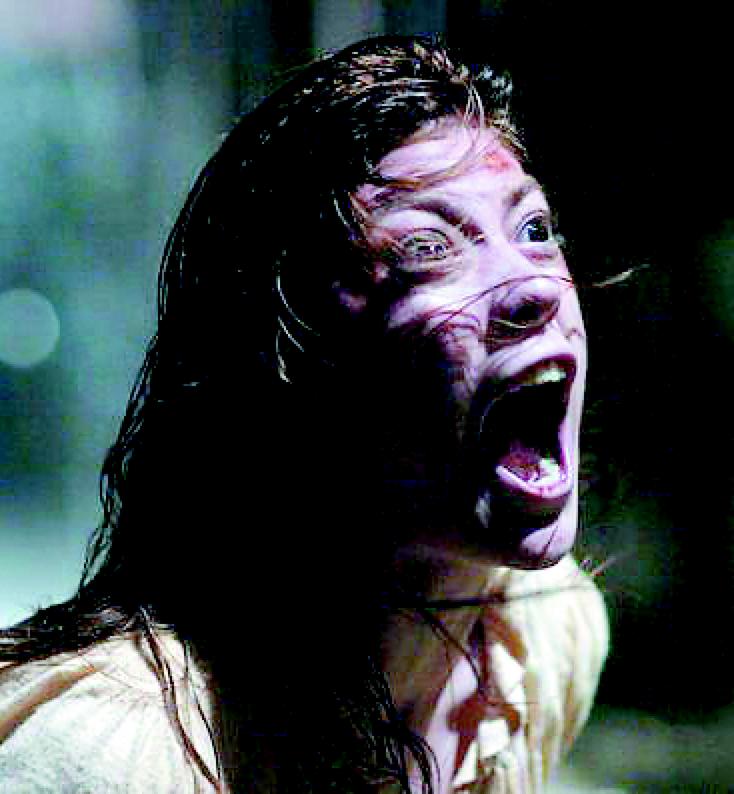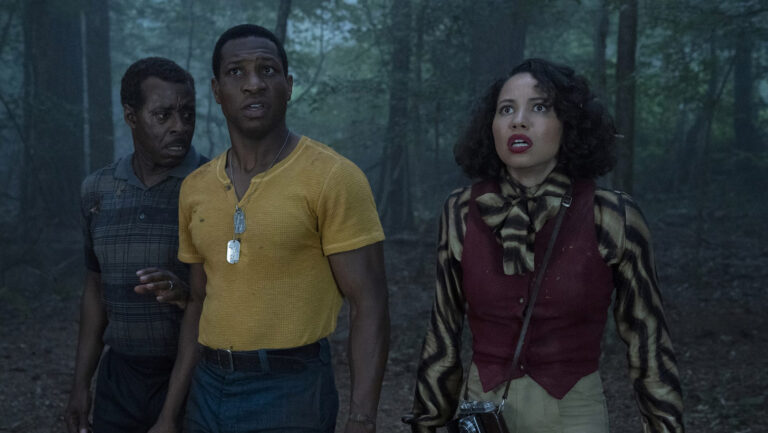The Exorcism of Emily Rose is based loosely (very loosely) on a true story. According to the film, Emily Rose was a good Midwestern girl who grew up on a farm, went to church and was ultimately set upon by a sextet of demons the moment she left her idyllic little burg to attend college. When the family priest took it upon himself to exorcise these demons, Emily up and died. The resulting trial pitted reason (Emily suffered from a rare form of epilepsy) against religion (no, it really was demons).
The true story actually involved a girl named Anneliese Michel. She was German, and her alleged “possession” took place originally in the late '60s–long before the film's much-argued epilepsy drugs (did these cause Emily's hallucinations?) were developed. Anneliese's possession lasted more than 10 years. Her exorcism was actually a series of exorcisms that took place twice a week for nearly three years. Her kneecaps ruptured from the 600 genuflections her priests and parents forced her to perform daily. After her death in 1976 from pneumonia, starvation and exhaustion, several of the parties involved were convicted of manslaughter and sent to jail. As a result of Anneliese's suffering, the Roman Catholic Church severely revamped the antiquated ritual of exorcism. Little of this, of course, is depicted in the film.
The film, instead, plays out like a supernatural version of “Law & Order.” Laura Linney (You Can Count On Me) is Erin Brunner, the tough attorney hired on to the difficult task of defending a sincere but superstitious priest (Tom Wilkinson, In The Bedroom) whose bungled exorcism seems to have contributed to the death our titular gal (Jennifer Carpenter of White Chicks). Campbell Scott (The Spanish Prisoner) is the conservative prosecutor assigned to send the priest to jail.
The church wants this covered up as quietly as possible and the city attorney's office is happy to accept a plea bargain. Despite her agnostic history, though, Erin is flush with confidence in her clerical client and refuses to plead guilty. All the priest wants is to tell “the truth” about Emily Rose, leaving Erin in the unenviable position of arguing the legal validity of demonic possession. What we end up with is a he said/she said courtroom drama about demonic possession–sort of a remake of Miracle on 34th Street with Satan instead of Santa. Needless to say, those expecting full-on horror will be more than mildly disappointed.
The Exorcism of Emily Rose pretends to be an evenhanded accounting, giving full arguments to both sides of the case. Frequent Rashomon-like flashbacks show Emily in the grip of a rage that could be either medical or magical. The possession sequences try hard to look “realistic.” No head-spinning, no power-puking. Ultimately, though, this only makes the film's scariest sequences come off like The Exorcist Lite.
Despite nods toward the scientific, the film would really prefer the spiritual explanation. You can see Derrickson chomping at the bit to scare his viewers. Almost immediately, Erin is haunted by creepy omens (the standard-issue slamming doors and shadowy figures) and becomes a dyed-in-the-wool devil's advocate.
Derrickson's script all but absolves the church of any wrongdoing and builds Emily up to be some sort of modern saint, suffering for the sins of humanity. (There were those who believed the same thing of Anneliese Michel, but–a few years after her death–she was exhumed. Her body had decayed in a very unsaint-like manner. The poor girl was reburied and the church washed its hands of the case once and for all.)
I have to believe the filmmakers were looking for a crafty combination of The Exorcist and A Few Good Men. (“The Trinity? You can't handle The Trinity!”) What they found was only a mediocre middle ground between the two. Not particularly scary. Not particularly dramatic. And certainly a long way from the true story.




